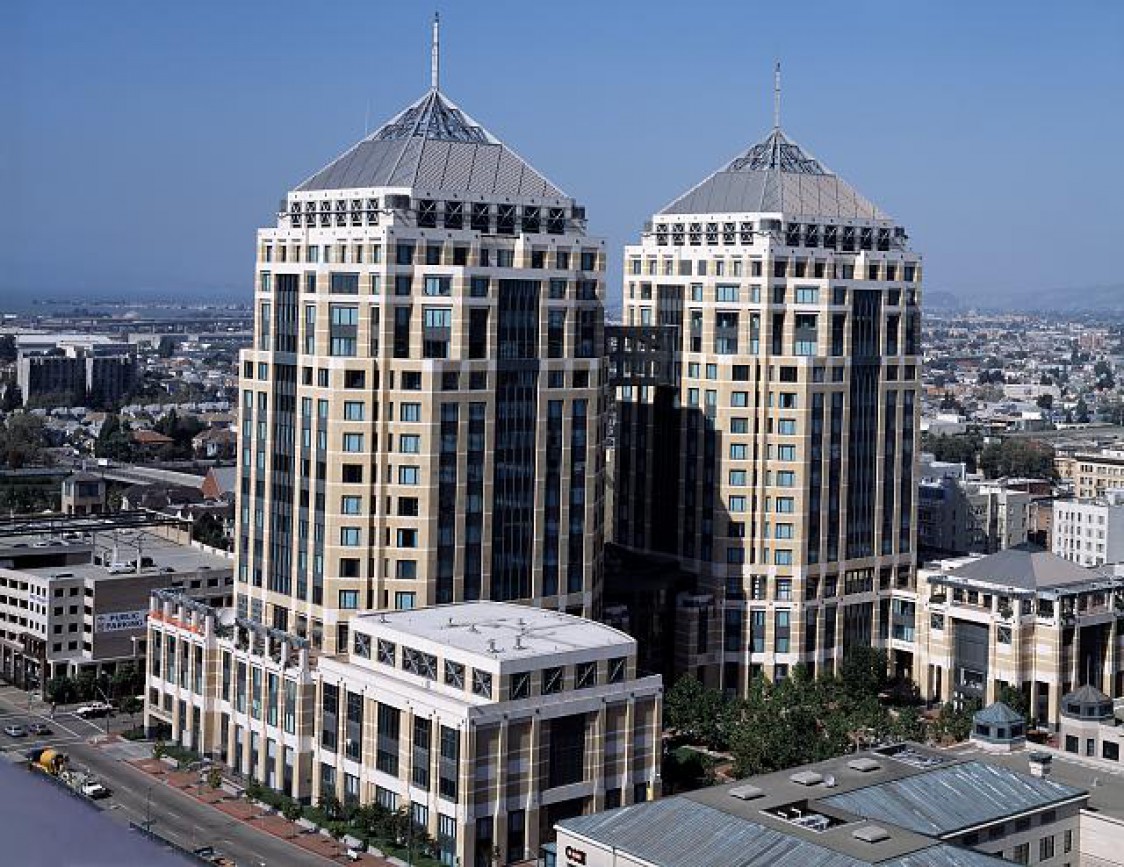I recognize readers may be less fascinated with the topic than I, so our Rhode here is segmented in to a number of curves, more by size than by subject matter. This person has indeed helped shape history since the late 1800s, I do encourage persisting through this trek! I learned a lot writing it up.
If you have ever heard the phrase “Diamonds are Forever,” and are wearing one now, this is part of the history. If font sizes are an issue, please adjust view/zoom feature on your screen. The olive-green background section is Cecil Rhodes biography from the site below. I have interspersed sections from the other POV (those of the natives being displaced, sometimes murdered, in the Scramble for Africa). Towards the bottom, it goes into German genocide of two tribes (Herero and Namaqua) on Shark Island, which became a model for the concentration camps of the Holocaust.
On noticing that Cecil Rhodes helped consolidate diamond mining companies in a certain region into “De Beers” I inserted a (purple-background) section from this century about an anti-trust lawsuit against DeBeers for price-fixing diamonds, this settlement and distribution dates to 2012:
Summary of the Settlement
De Beers is the largest supplier of rough diamonds in the world. Beginning in 2001, Plaintiffs in several states filed lawsuits against De Beers in state and federal courts alleging that De Beers unlawfully monopolized the supply of diamonds, conspired to fix, raise, and control diamond prices, and issued false and misleading advertising. De Beers denies it violated the law or did anything wrong.
Part of my theme here is brute technological force used by Rhodes against the natives. I learned that this included an American-invention machine gun, “the Maxim.” Here’s another take on the “Fashoda” incident in which they diplomatically agreed (French & Brits) not to slaughter each other and go to war in the process of carving up Africa….
BACK TO CECIL RHODES BIOGRAPHY FROM “AGE OF THE SAGE”:
READ THIS LINK (On how extermination of natives for attempting to protect their lands in “German Southwest Africa” and death camps on “Shark Island” (in the Atlantic) paved the way, and was literally practice for the Holocaust. Found through simply looking up “Fritz Luderitz.”): The link is actually to an art gallery Ezakwantu.com1 with amazing visuals and historical information on the various tribes as well. Central and Southern African Tribal Art For example:
“Tragedy on a vast scale struck southern Africa in the early 1800’s. The event was named the Mfecane “the crushing” by the Nguni and Difaqane “the scattering of tribes” by the Sotho-Tswana. Europeans called the catastrophe the “Wars of Calamity”. By 1825, two and half million starving, homeless people wandered about southern Africa looking for respite.”
Shaka Zulu (1787 – 1828) The Mfecane gave rise to Shaka Zulu. In less than two decades, a powerful Zulu empire arose from a typical Bantu decentralized pastoral society. Shaka had created a highly centralized, well organized nation-state, with a large and powerful standing army.
{{Relevant in the Cecil Rhodes history …. In part, he helped provoke a Matabele War. Zimbabwe was formerly “Rhodesia,” etc. “Rhodesia” was used from about 1895 to describe area administered by Rhodes “British South Africa Company“See 1960s, Race issues, Ian Smith, etc.}}
OK, more details on Cecil Rhodes’ involvement in this area, and what it was about, understanding that a lot of tribes were in transition and the centralized power group at the time was the Zulu state. (this is new material to me, so check facts yourself).
I am setting the stage for the German treatment of some of these tribes… back to ezkwantu gallery source. Copyright © 2002, 2003, 2004, 2005, 2006, 2007, 2008, 2009, 2010, 2011, 2012 www.ezakwantu.com / ALL RIGHTS RESERVED
|
. . .CONTINUED ON #3

![[Cecil Rhodes Scholarships, historical biography]](https://i0.wp.com/www.age-of-the-sage.org/historical/biography/biography.gif) ***
***









